10 Things to Consider When Building a New Home in 2025
Written By: Connor Anderson
Building a home in 2025 can feel both exciting and complex. Fortunately, a few data‑driven decisions will keep your project on time, on budget, and aligned with your lifestyle in Daybreak. Below you’ll find ten essentials—with links to tools, incentives, and sources—followed by next steps.
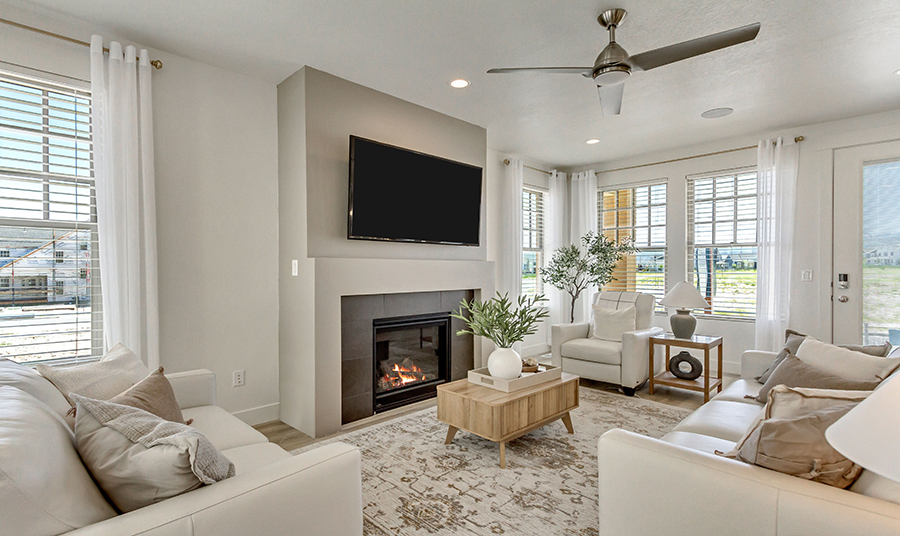
1) Budget with today’s rates and prices
Start with financing. As of late September 2025, the average 30‑year fixed mortgage sits around 6.30%, while the 15‑year averages about 5.49% (Freddie Mac PMMS). Locking at the right time can change monthly costs dramatically. Also leave room for site prep and post‑move expenses like blinds, landscaping, and appliances.
2) Plan a realistic timeline
Next, set expectations. Nationally, the average time from start to completion for single‑family homes has hovered near 7–8 months in recent years (U.S. Census). Add time for design, permits, and inspections. Ask the builder for current cycle times and where weather or utility work can add days.
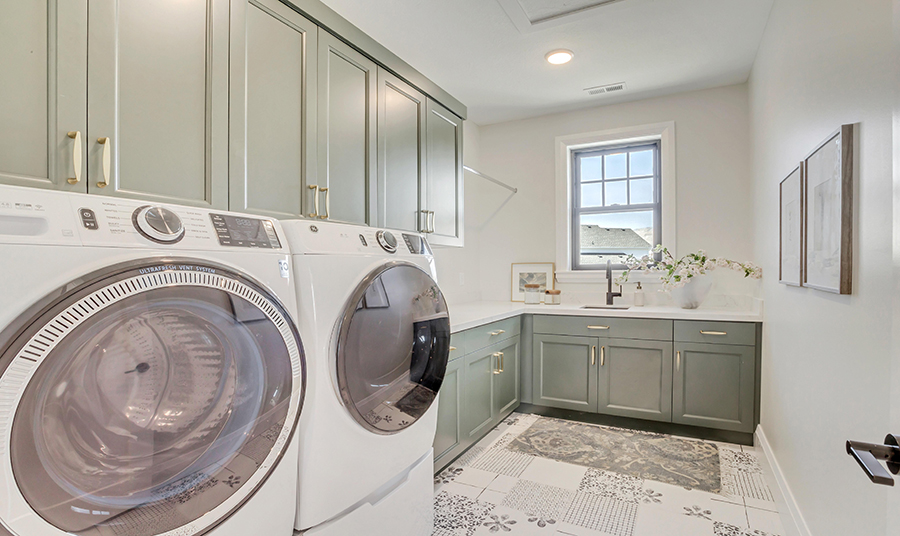
3) Right‑size your square footage
Meanwhile, consider size trends. In Q2 2025, the average new single‑family home measured ~2,364 sq. ft., with a median ~2,125 sq. ft. (NAHB analysis of Census data). Use those benchmarks to balance budget, comfort, and energy use.
4) Understand Utah’s current energy code
Utah’s 2024 update bases residential energy rules on the 2021 IECC (with state amendments). That affects insulation levels, window specs, duct testing, blower‑door targets, and more. Ask how your plan meets or exceeds code and how that influences comfort and bills.
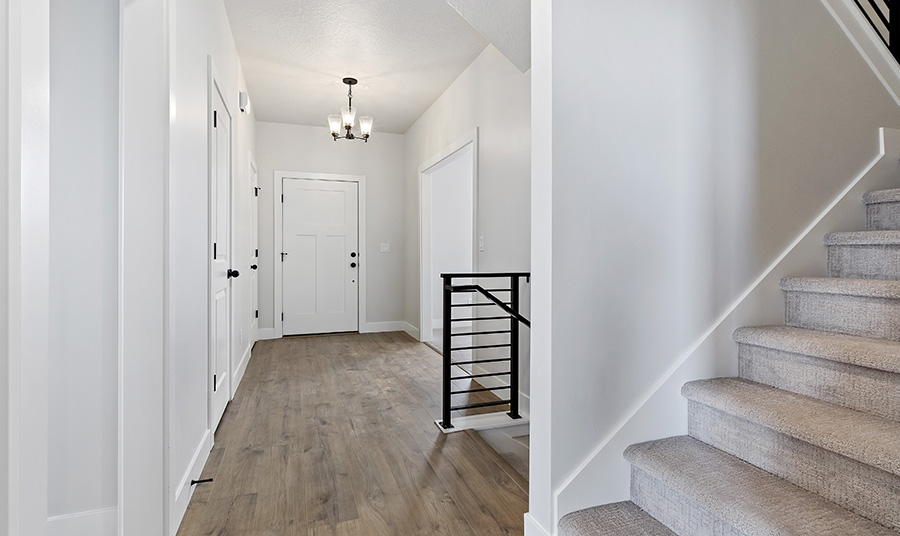
5) Capture federal rebates & tax credits
- 25C Energy Efficient Home Improvement Credit (homeowners): 30% of eligible upgrades each year—up to $3,200 (includes up to $2,000 for a heat pump) through 2032.
- 45L Builder Credit (new homes): Up to $5,000 per home for ENERGY STAR or Zero Energy Ready certification on qualifying homes (available in 2025 under current rules).
Talk with your builder and tax pro about eligibility, caps, and documentation.
6) Choose efficient systems (SEER2, HSPF2)
As of 2023, new HVAC equipment is rated under SEER2/EER2/HSPF2. When comparing bids, look for higher SEER2 and HSPF2 ratings for lower operating costs, and confirm duct sealing, smart thermostats, and room‑by‑room load design.
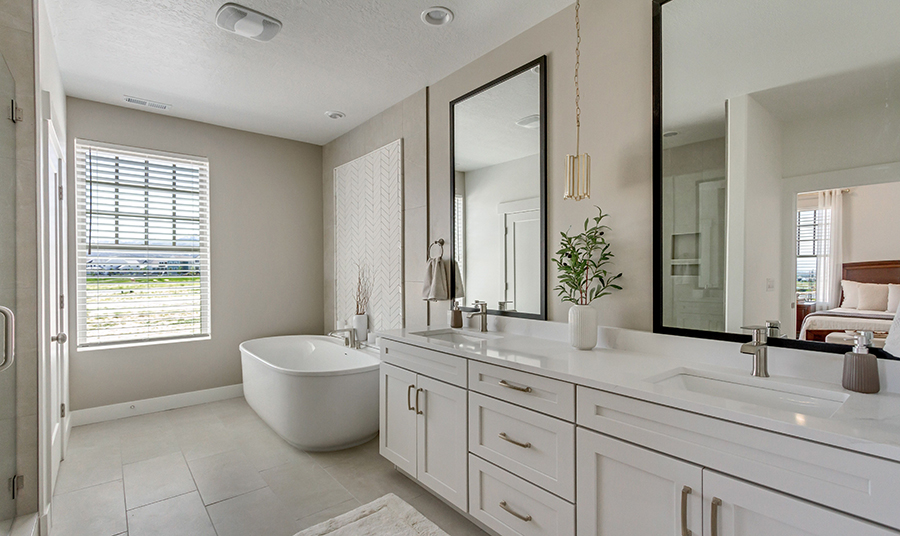
7) Verify insurance and resiliency
Homeowners insurance premiums have risen nationwide since 2023 due to weather risk and repair costs. Ask carriers for construction‑phase and post‑move quotes early. Consider Class A roofing, defensible space, and water‑leak sensors to reduce risk and, potentially, premiums.
8) Nail the design & selections process
Selections can drive both budget and schedule. Lock the “big three” early—kitchen, primary bath, and flooring. Then finalize exterior colors and lighting. Request a written allowances sheet and a change‑order cutoff date to protect costs.
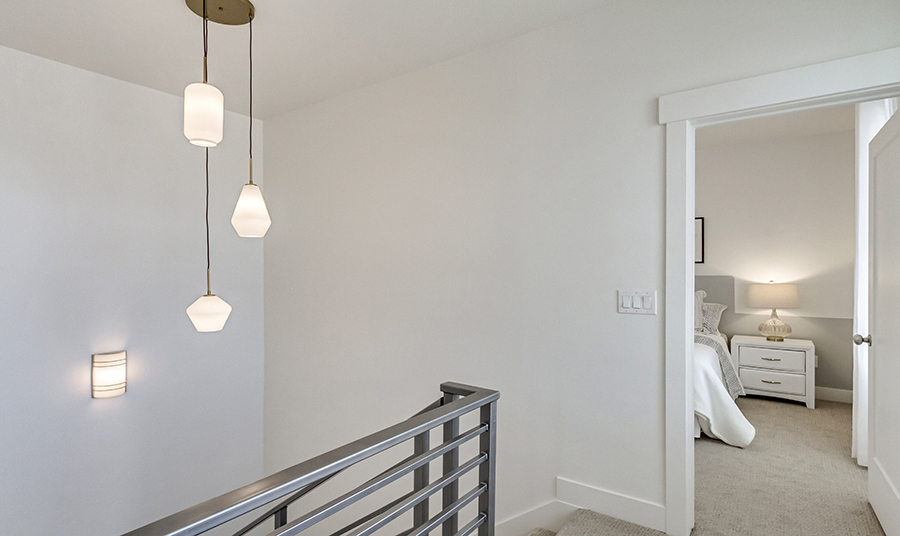
9) Clarify permits, inspections & utilities
Permitting timelines vary by jurisdiction and scope. Ask the builder who submits plans, who schedules inspections, and how utility trenching, meter sets, and energizing are sequenced. A clear critical‑path schedule prevents last‑minute surprises.
10) Fit the home to the neighborhood
Finally, think beyond the front door. Daybreak’s 5‑Minute Life means you can walk to parks, trails, schools, and shops. Choose a village and lot that match your routines—whether that’s lakeside sunsets, a shorter walk to Downtown Daybreak, or quick access to TRAX.
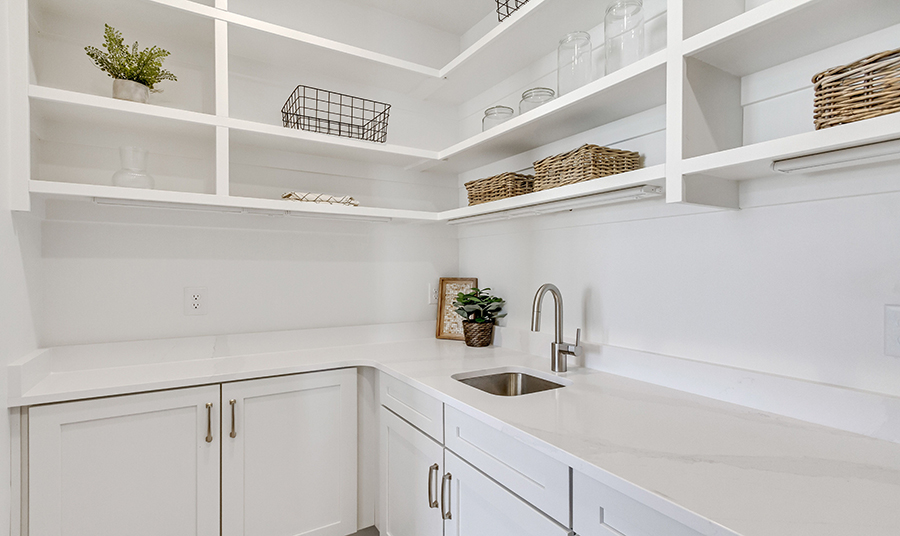
Quick 2025 Snapshot
- Mortgage rates: ~6.30% (30‑yr), 5.49% (15‑yr) — late Sept 2025
- New‑home size: Avg 2,364 sq. ft.; median 2,125 sq. ft. (Q2 2025)
- Construction pace (U.S.): Permits ~1.31M SAAR; Starts ~1.31M (Aug 2025)
Federal incentives: 25C up to $3,200/yr (incl. heat pumps up to $2,000); 45L up to $5,000/home
Typical build time: ~7–8 months from start to completion (plus design/permits)
Energy code (Utah): 2021 IECC with 2024 state amendments
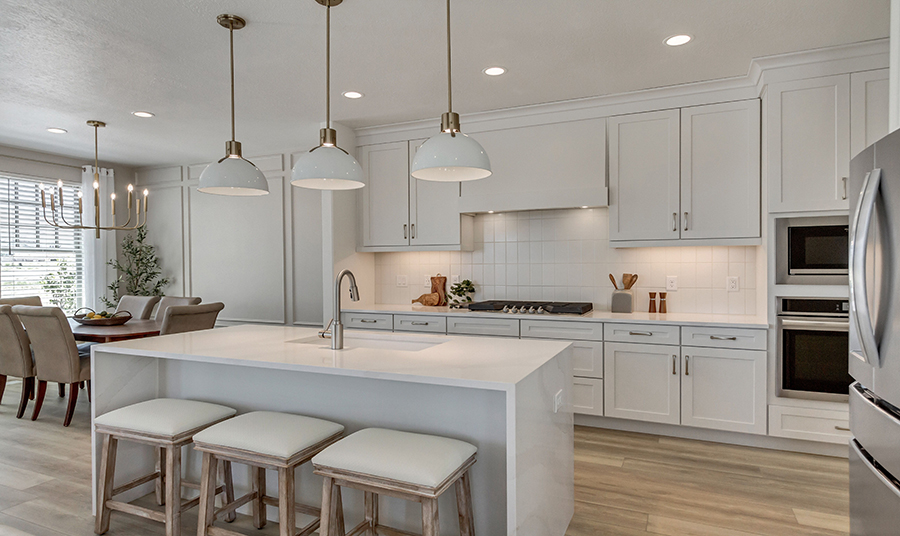
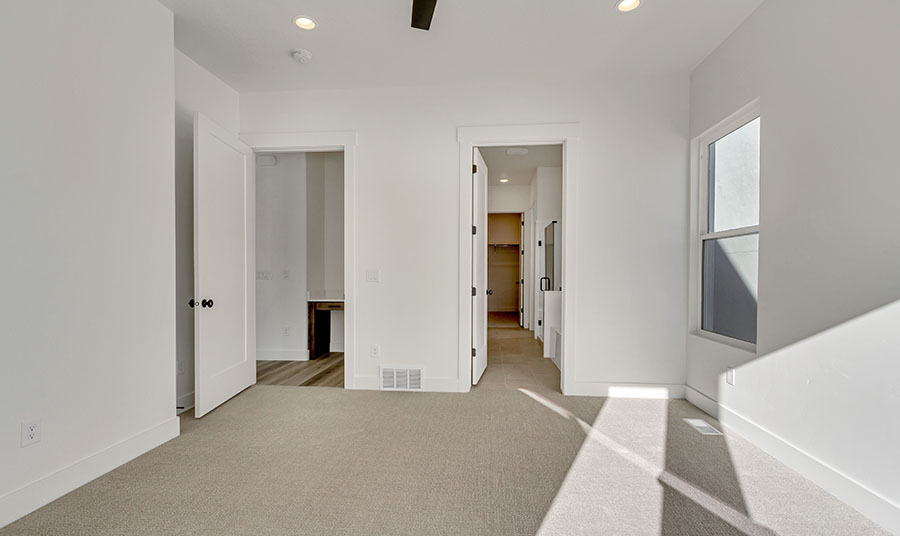
Next Steps
- Browse Daybreak floorplans and current Move‑In Ready homes.
- Tour model homes and ask builders how they meet Utah’s 2024 energy amendments.
- Bring this checklist to your design appointment and mark decisions that affect permits and long‑lead items first.
Data & sources: Freddie Mac PMMS rates (Sept 2025); U.S. Census construction (Aug 2025 SAAR); NAHB/Census home size (Q2 2025); Utah residential energy code based on 2021 IECC with 2024 amendments; IRS & ENERGY STAR guidance for 25C/45L; national insurance trend reports. Links available on request.